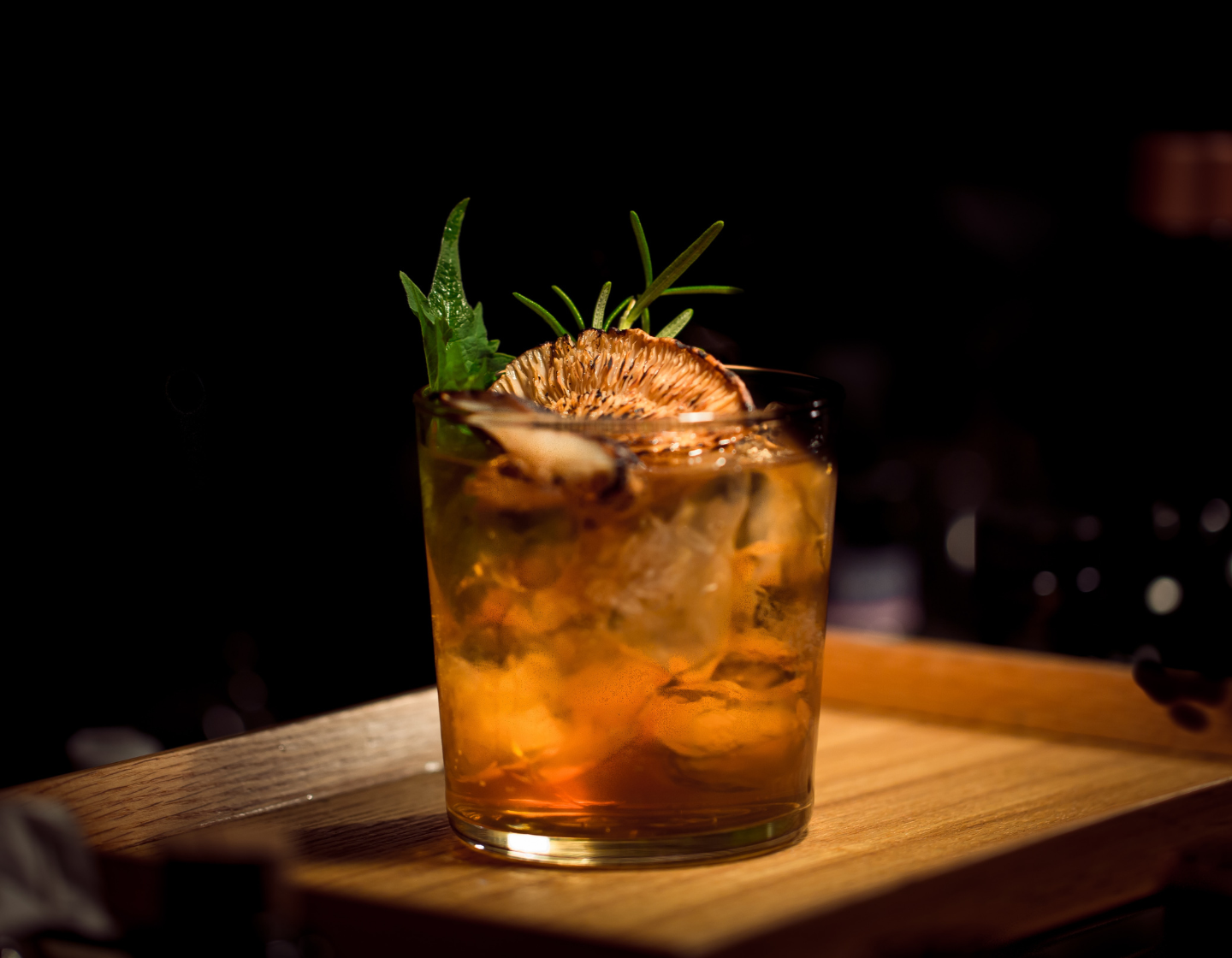
Ian Burrell's Expert Guide to Rum
Explore this trending spirit and discover how it is made, the effects of this on its flavour profile, and an expert's top tips on how best to enjoy it.
Author: Ian Burrell, Rum Expert
Estimated reading time: 6 minutes
World-renowned rum expert Ian Burrell highlights the latest need-to-know trends in the rum world, including category definitions, different rum styles, organising your rums like a pro and cocktail inspiration for using this versatile, flavoursome spirit.
Rum Definitions
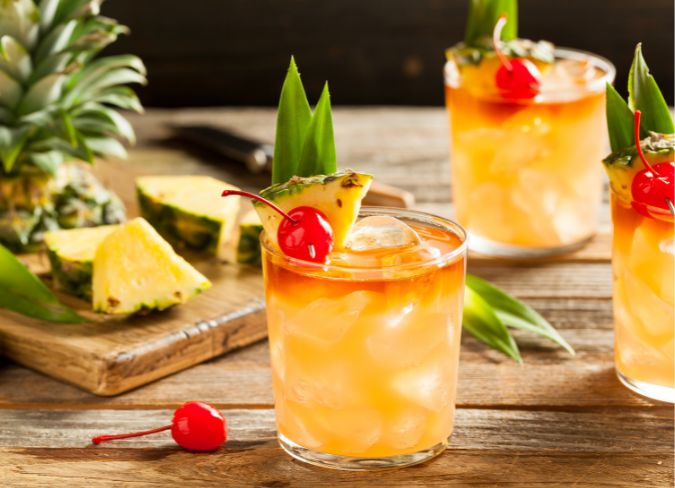
Rum Definitions
Rum can only be produced by sugar cane by-products – molasses, sugar cane syrup, or sugar cane juice are the most popular. Traditionally, rums have been categorised as white, gold, dark and premium, but they are far more complex than that.
For example:
All rums from Venezuela must be aged for at least two years in oak barrels before they can be called rum.
In Puerto Rico, all rums must be aged for at least one year.
In Jamaica, all aged statements on rum bottles are the youngest rum in the blend, while in Panama, they use average age statements.
In Guatemala, all rums are made from virgin cane honey or syrup, while agricole rhums from Martinique are made from fresh sugar cane juice.
Rums have different importation rules and regulations from other spirits. In Europe, for example, the bottle strength of rum can be 37.5% alcohol by volume. In the USA, rum must be a minimum of 40% alcohol by volume, while in South Africa, rum has to be a minimum of 43% alcohol by volume.
Rum’s Rise in Popularity

Rum’s Rise in Popularity
With new rum brands launched every month and more consumers discovering the wonderful world of sugar cane distillates, it's no wonder the rum category is one of the fastest growing in the spirit category.
Enjoying Rum Neat
As rum producers embrace new modern techniques, rum has reemerged as more than just a spirit to mix with. We are seeing bartenders’ and consumers’ perceptions change when they taste a beautifully balanced and well-aged rum.
Eco-Friendly Spirits
Today's consumers are asking important questions about their drinks, "Is it natural? Eco-conscious? Sustainable?". The modern guest wants more ethically conscious drinks as well as a premium drinking experience. As a spirit that can be produced using ingredients left over from an industrial process, rum is perfectly poised to take advantage of these trends.
The Effect of Cask Flavours on Rum
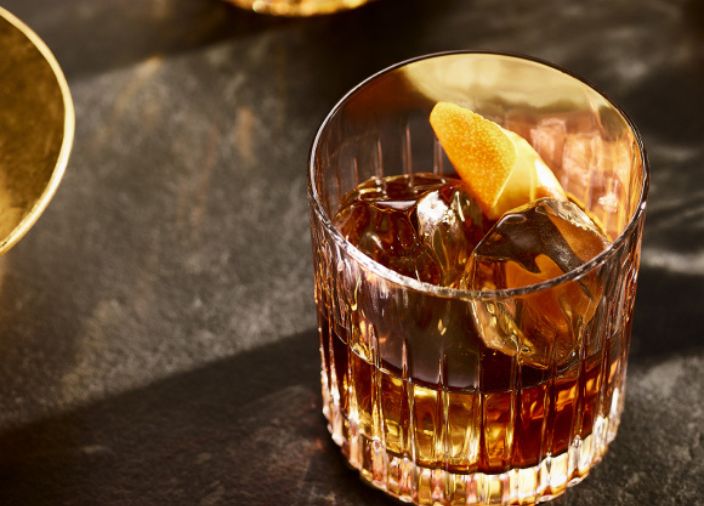
The Effect of Cask Flavours on Rum
A recent trend in the rum world has been rum companies experimenting with various wooden casks to achieve a different type of finish to their rums.
Limousin Oak or ex cognac barrels - give a drier finish to a rum
Dry sherry casks - used subtly to impart a medium 'sherry-like' texture and feel to the finish of the rum
Spanish white wine casks - offer even more sweetness and have been used to finish off a rum after years in an American oak cask
Other notable casks used for rum finishing are port barrels, zinfandel and different Californian wine casks.
Two Main Rum Styles
Different styles of rum offer unique flavours and characteristics for mixed drinks. Knowing the differences helps bartenders select the best kind of rum to perfectly complement their drinks.
1. Modern Rums
Lighter in complexity with abundant citrus notes and delicate tropical fruit and floral aromas
Pair perfectly with citrus and tropical fruit flavours and dry fortified wines like sherry
They also work great with light spices, giving bartenders a good amount of freedom to create sweet, tropical cocktails
2. Pure Rums
Especially those un-aged, offer a grassier sweetness and more intense flavours with molasses and stoned fruit aromas
Works best with serves that use stoned fruits and more abundant tropical flavours
Best paired with rich fortified wines or robust, earthy herbs.
How to Organise Your Rums
Although categorising rums by colour makes them easy to identify, for drinks-making, it doesn't reveal much about the profile of rums beyond their appearance. For example, white rum aged and distilled from a multi-column still will taste, feel and smell completely different from an unaged white rum distilled in a pot still, despite both being white varieties.
Organising by country of origin is better, but rums can drastically differ between regions. The optimum way to categorise your rum is to subdivide them by production methods. The main methods are:
Pure single rum - Pure rum made from one distillery
Pure blended rum - Pure pot still rum from more than one distillery
Single blended rum - A rum blended from a pot still and traditional column still from a single distillery
Traditional rum - Rum created from traditional coffey, creole, or savalle column distillation.
Blended rum - Rum from various pot and column stills originating from more than one distillery
Modern rum - rum from modern multi-column stills
Knowing these differences is essential for bartenders to recommend the right rums and select the perfect spirits for rum cocktails.
Rum Cocktails
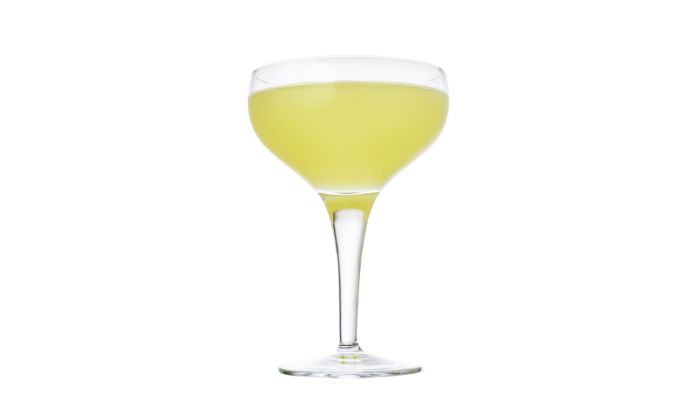
Rum Cocktails
Rum, whatever the variety, is perfect for cocktails. It’s a spirit famous for ushering in the trend of Tiki Cocktails, like a Mai Tai, where blended rum is an essential component of these often fruity, Caribbean-influenced drinks.
Tiki Cocktails, also known as Rum Rhapsodies, date back to the 1930s and are said to be the invention of Tiki Bar entrepreneur Don the Beachcomber. Many Tiki Cocktails, including the Zombie Punch, with its three distinct styles of rum from Jamaica, Puerto Rico, and Guyana, are credited to Don’s famous rum cocktail-making skills.
One of the most popular types of Tiki cocktails is the daiquiri, which follows the influence of tiki rum by requiring two distinct rum types blended to work in harmony.
Rum is a versatile and rapidly evolving spirit with diverse flavours, styles, and innovative production techniques for bartenders to explore and master. With an increasing demand for premium and eco-friendly drinks, rum offers many excellent characteristics for guests to savour, whether in an alluring cocktail or as a well-aged rum served neat.
Key Takeaways
Rum Renaissance: The world of rum is experiencing a renaissance, with new brands constantly emerging. It's one of the fastest-growing categories in the spirits industry.
Appreciating Rum Neat: Modern techniques in rum production have resulted in well-aged rums that can be enjoyed neat, akin to brandy or whisky.
Eco-Friendly Choice: Rum, often made from ingredients leftover from an industrial process, aligns with the growing demand for eco-conscious and sustainable drinks.
Cask Flavors: Various wooden casks, like Limousin Oak or ex-cognac barrels, influence rum's flavour profile and open new possibilities for bartenders to craft unique cocktails.
Understanding Rum Styles: Knowing the different styles of rum, from modern to pure rums, gives bartenders the edge in selecting the best rum for their cocktails.
Sign up for free and become a member of Diageo Bar Academy today to unlock the latest industry news, trends, and tips to keep your bar knowledge up to speed!
Related Content
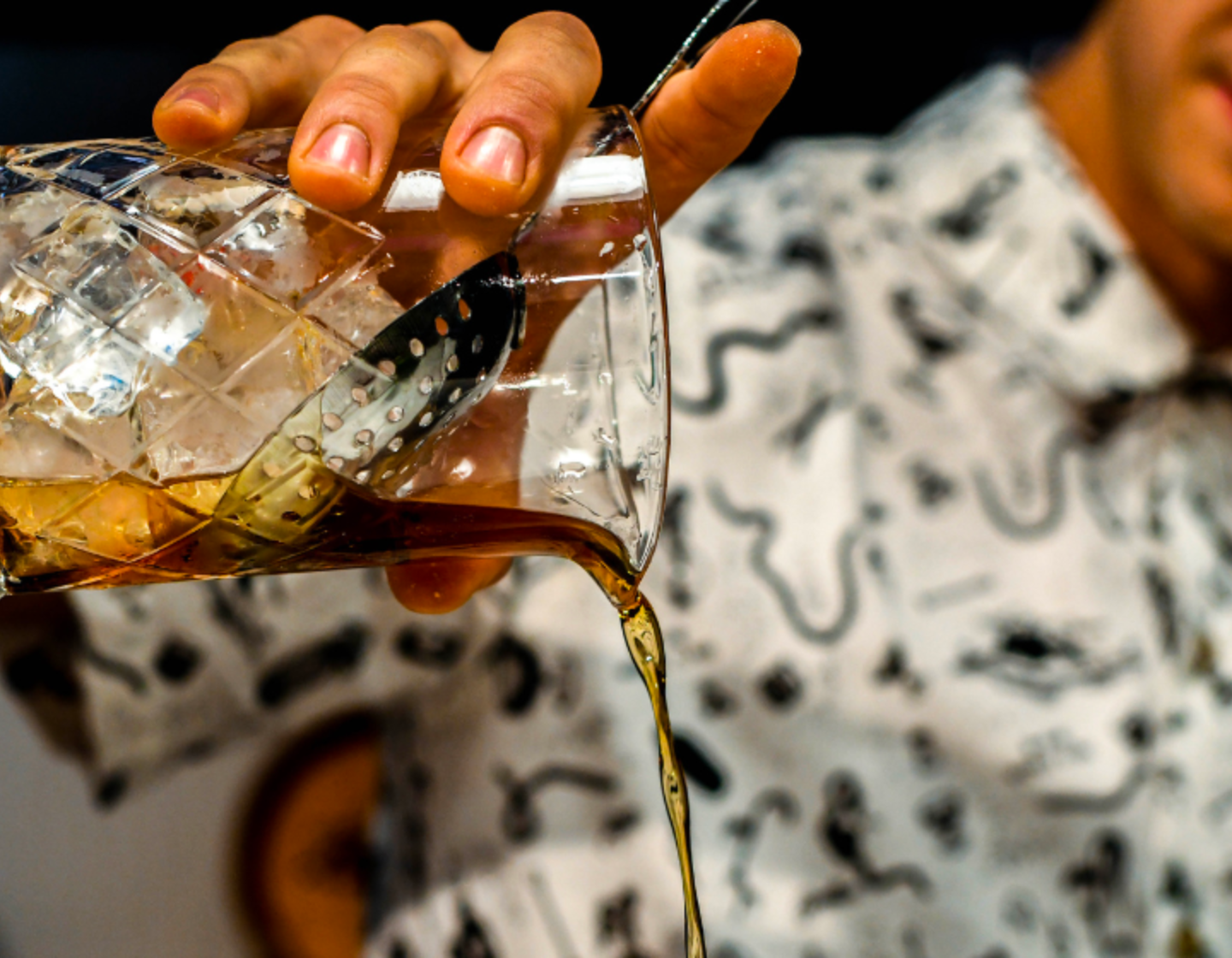
Rum, Undone
Whether you’re a rum enthusiast or simply rum curious, take the rum quiz to test your knowledge!
Expert Guide To Rum Tasting and Mixing
Learn more about the distinct types and flavours of rum and how to expertly mix and pair them with certain ingredients in this webinar.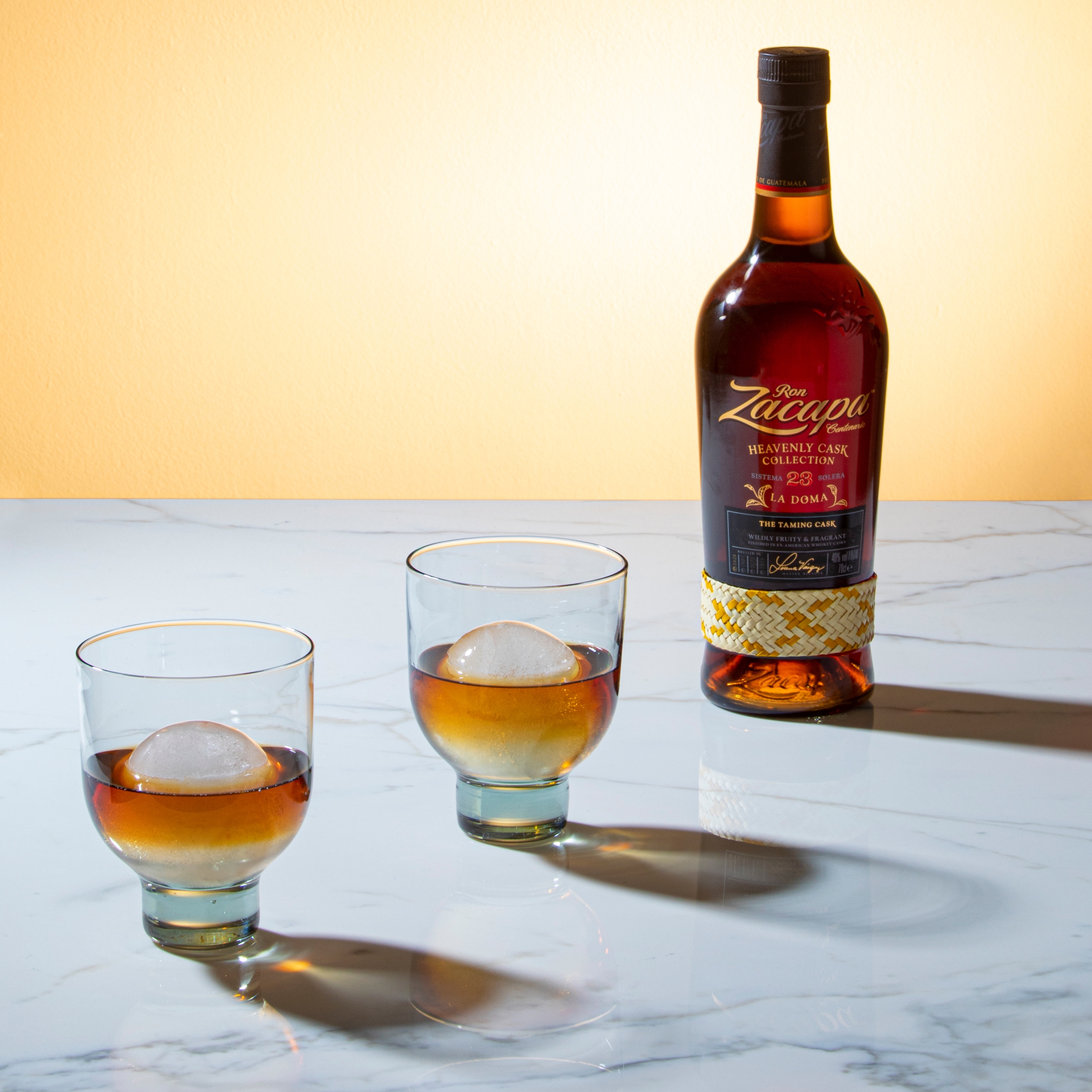
All About Zacapa Rum
Become a better bartender by discovering the unique production process of the extraordinary Zacapa rum and learn the best ways to use it in your serves.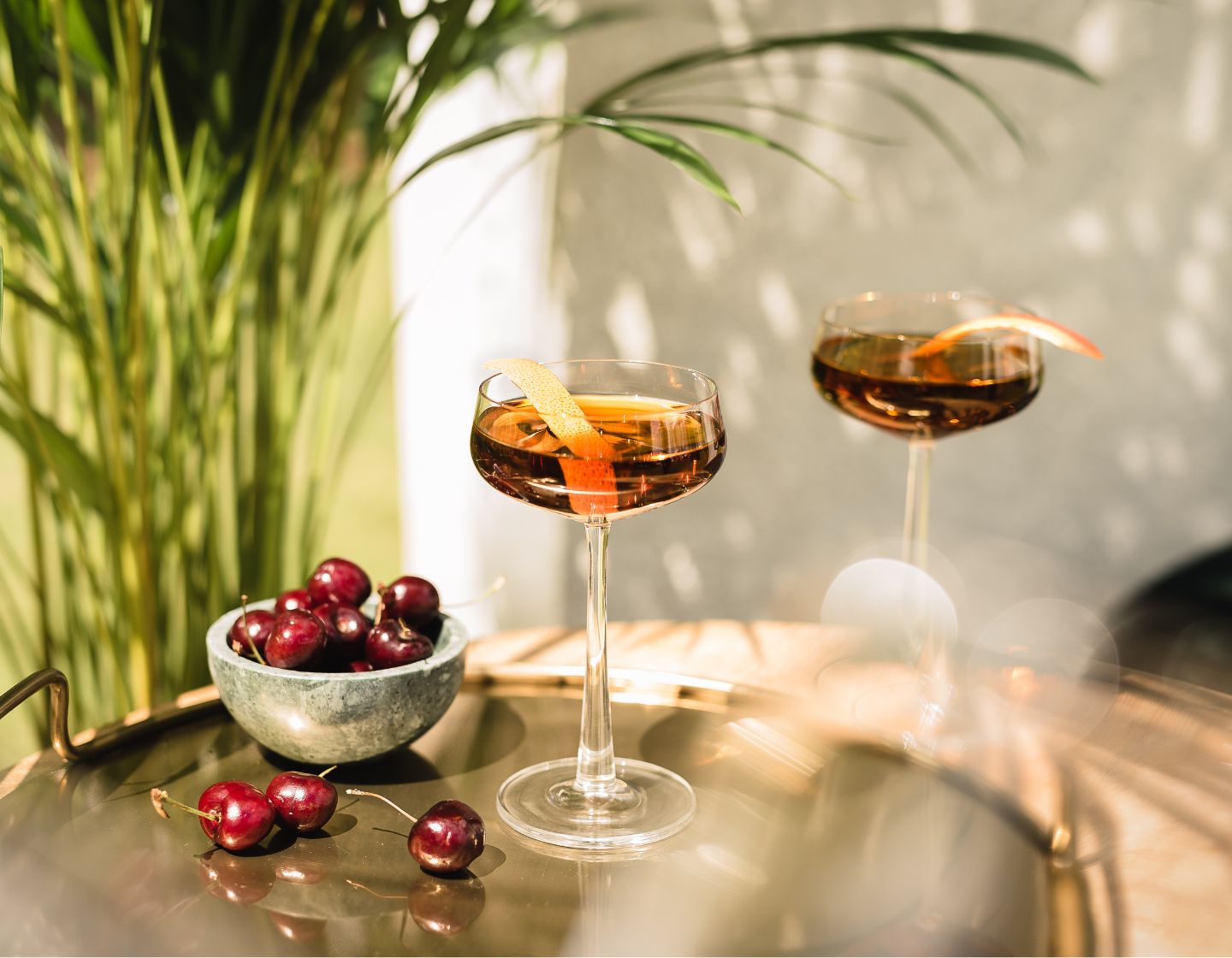
Know Your Rum: A Zacapa Quiz
Zacapa is a bartender’s favourite spirit for the Old Fashioned, Mojito and more delicious cocktails. How well do you know your rum? Take the quiz now to prove your expertise!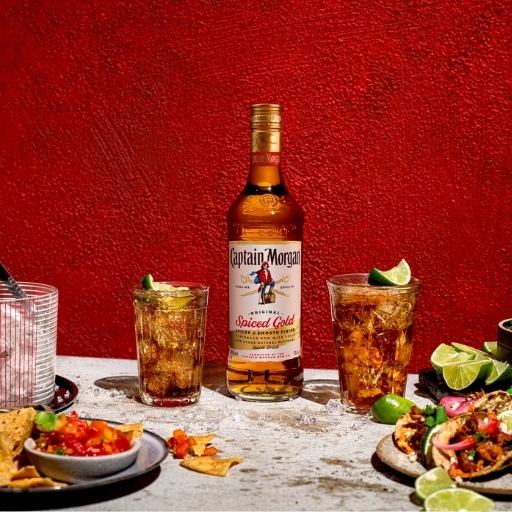
Captain Morgan
Welcome to the delicious world of Captain Morgan, where the possibilities for insanely tasty drinks to suit all seasons are endless.
